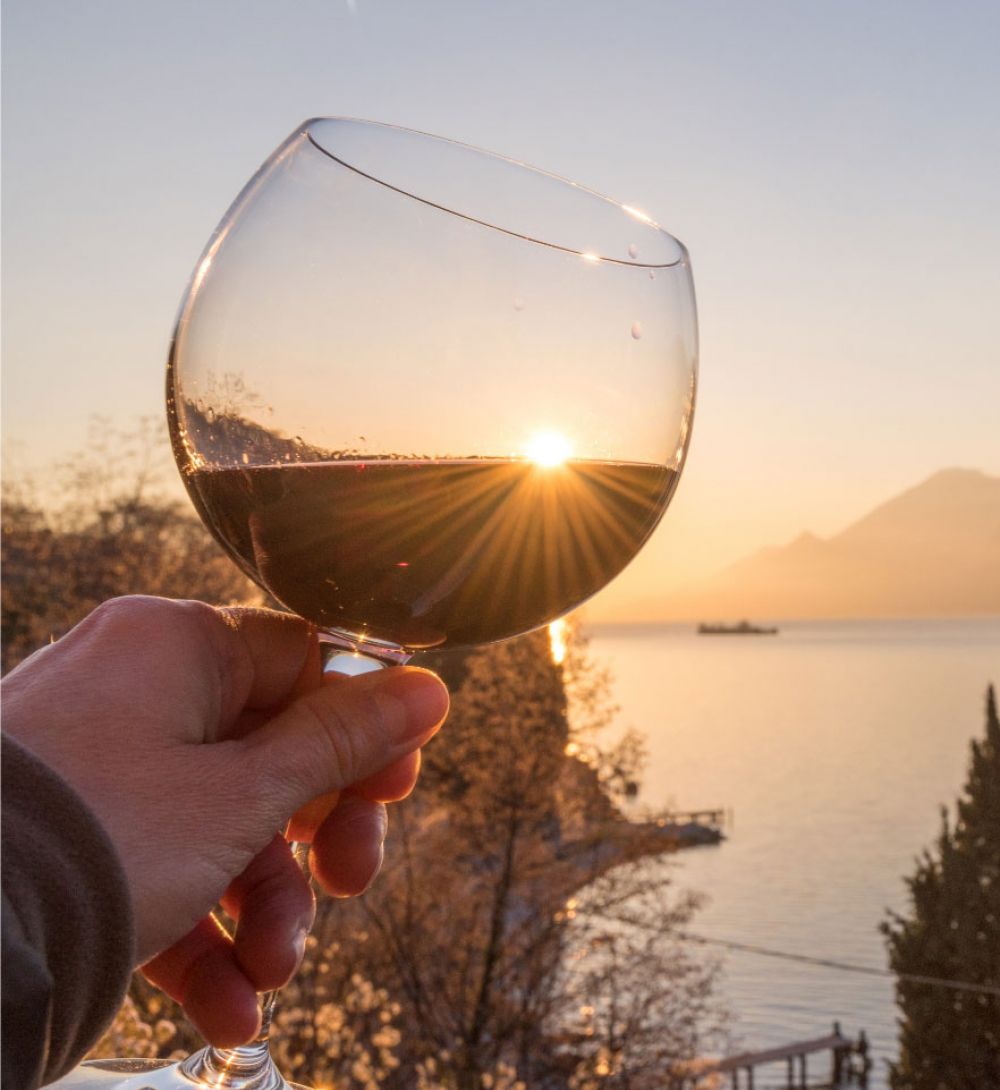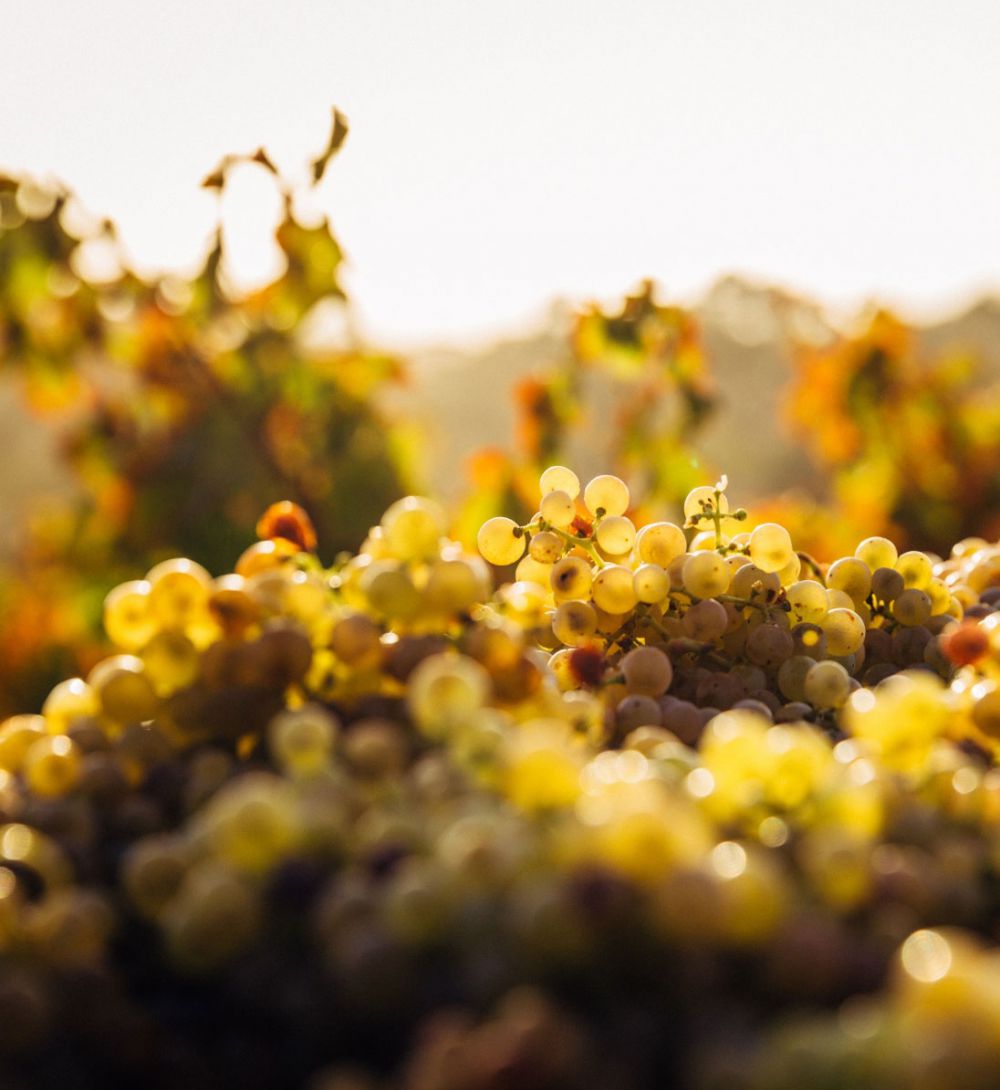Leaving behind barbarism
The culture of wine in Europe predates the Romans: in ancient Greece, wine was praised by poets, historians, and artists. Dionysus, the Greek god of wine, represented not only the intoxicating power of wine when abused, but also its social and beneficial influences. Indeed, according to ancient Greek historian Thucydides:
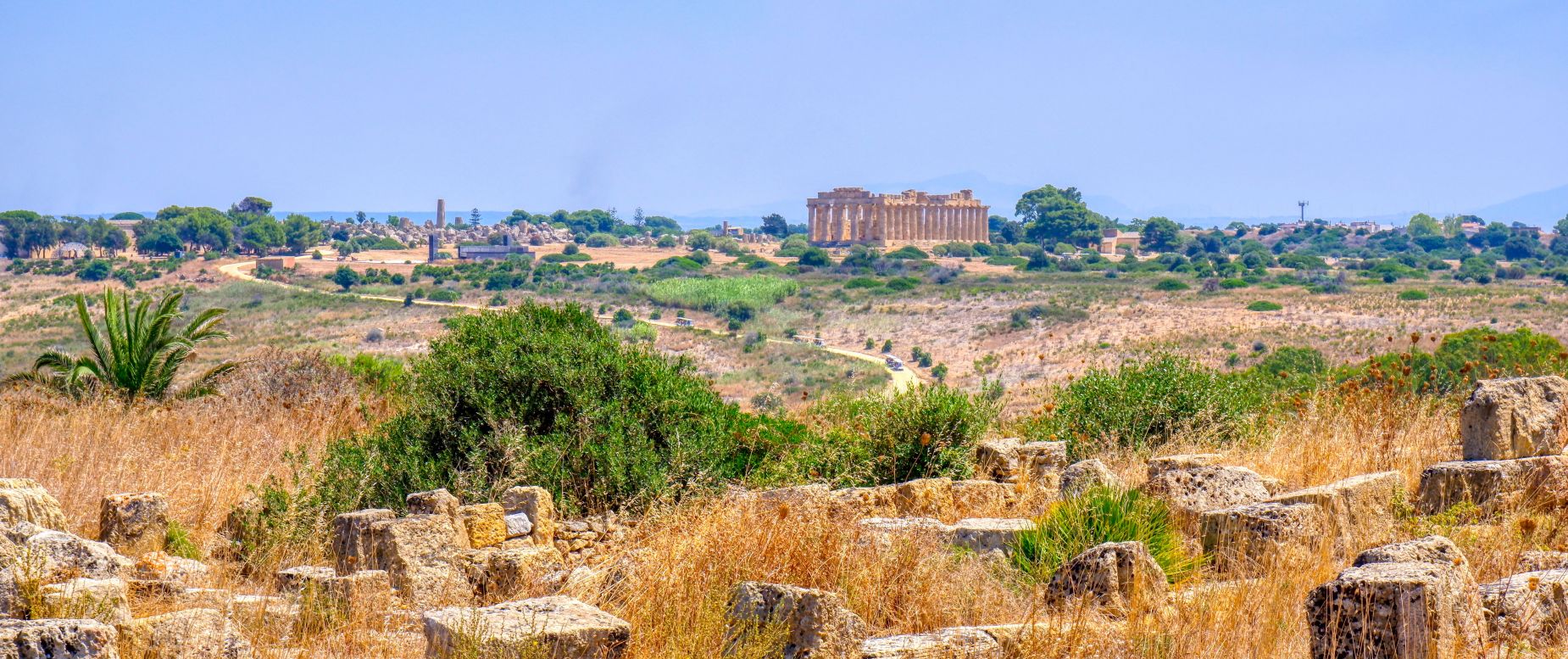
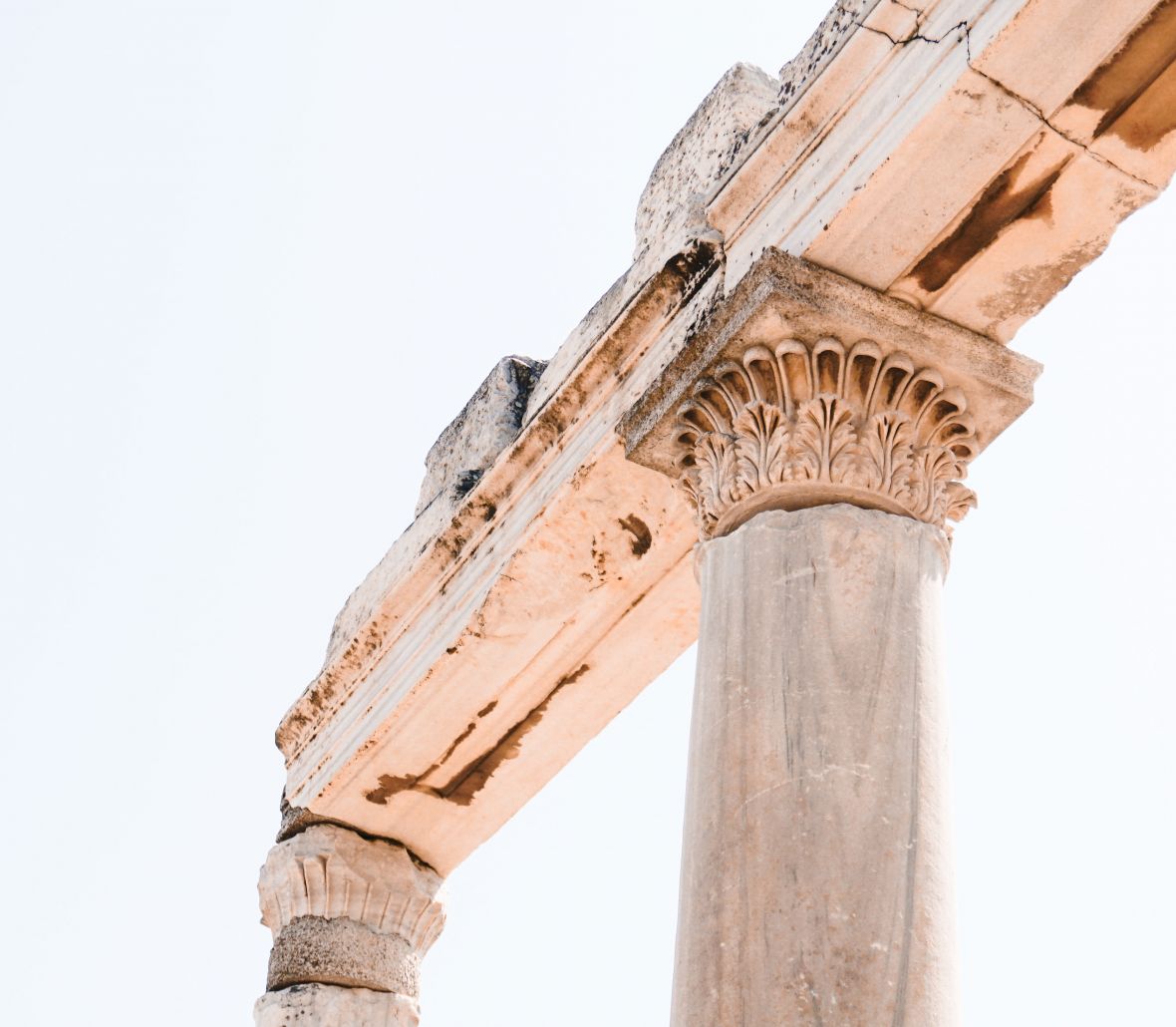
“The peoples of the Mediterranean began to emerge from barbarism when they learned to cultivate the olive and the vine”.
Celebrating Moderation
Wine making emerged in Europe with the expansion of the Roman Empire throughout the Mediterranean when many major wine producing regions that still exist today were established. Even then, wine making was a precise crop growing that fostered the development of different grape varieties and cultivation techniques.
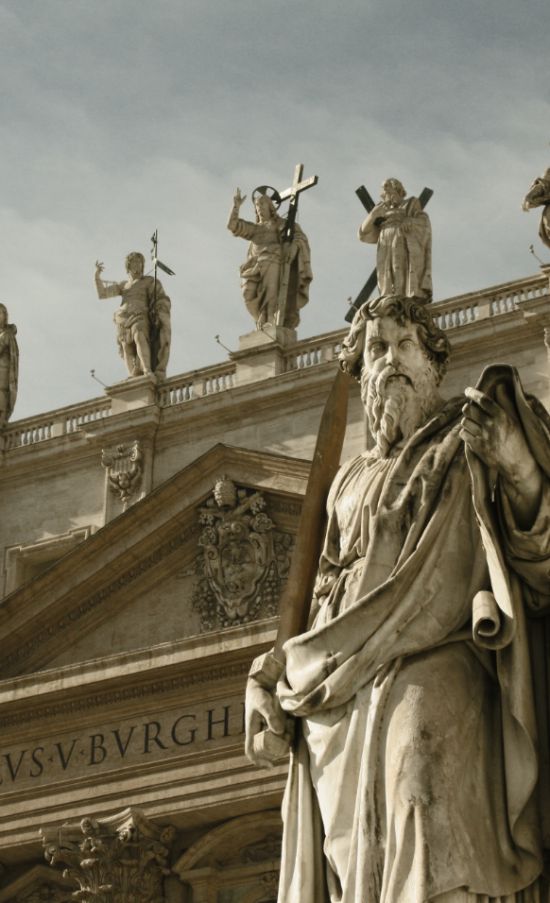
Barrels for storing and shipping emerged, bottles were used for the first time, and even a rudimentary appellation system developed as certain regions gained a reputation for good wine. As wine production became progressively refined, its popularity increased, and wine taverns became a common feature in cities throughout the Empire.
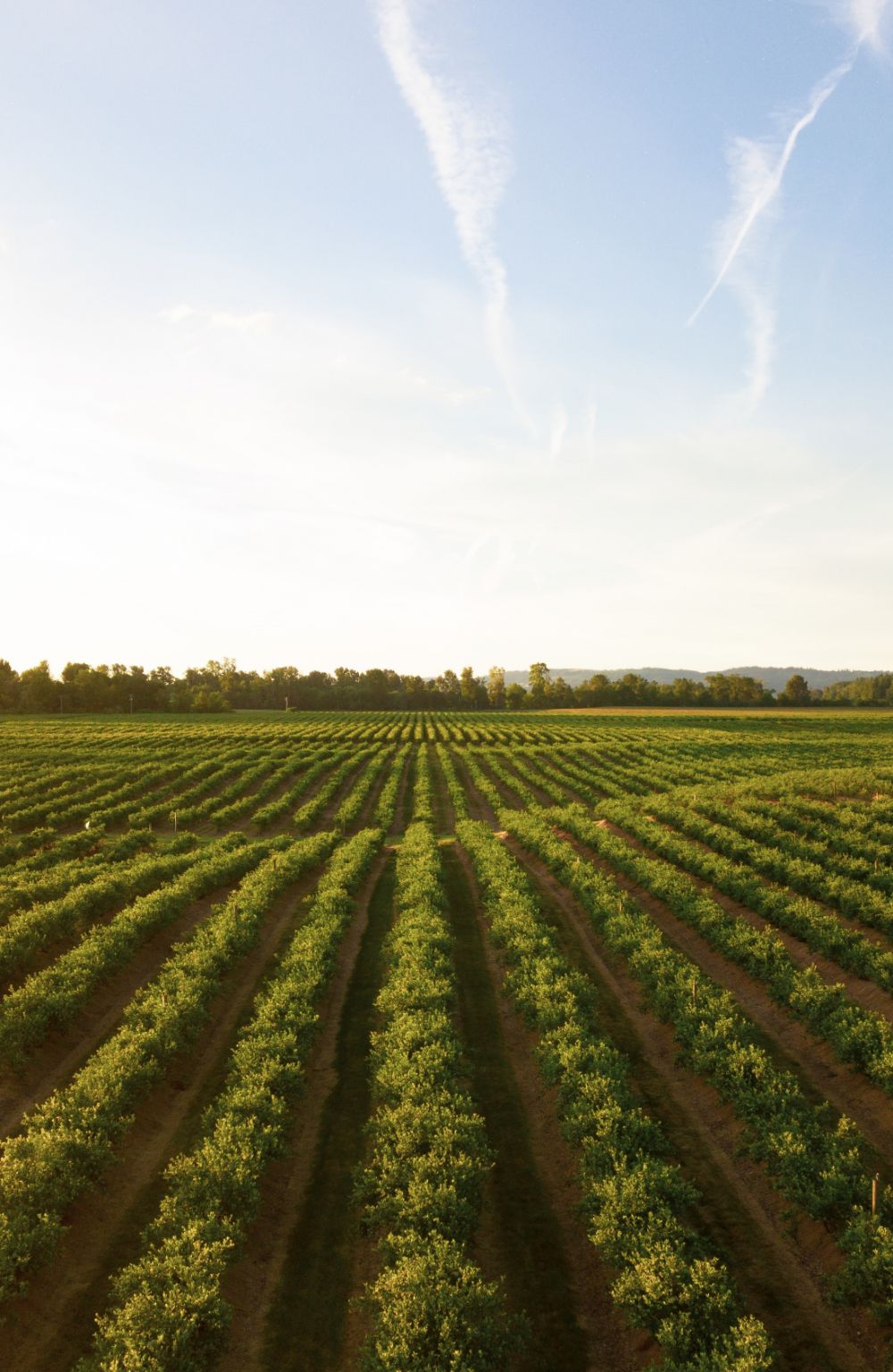
The golden age of wine
Improved production techniques in the 17th and 18th centuries resulted in the emergence of finer qualities of wine, glass bottles with corks began to be used, and the corkscrew was invented. The French wine industry took off at this point, with particular recognition given to the clarets of Bordeaux by merchants from the Low Countries, Germany, Ireland, and Scandinavia. Bordeaux traded wine for coffee and other sought-after items from the New World, helping to cement the role of wine in emerging world trade. While the 19th century is considered the golden age of wine for many regions, it was not without tragedy.
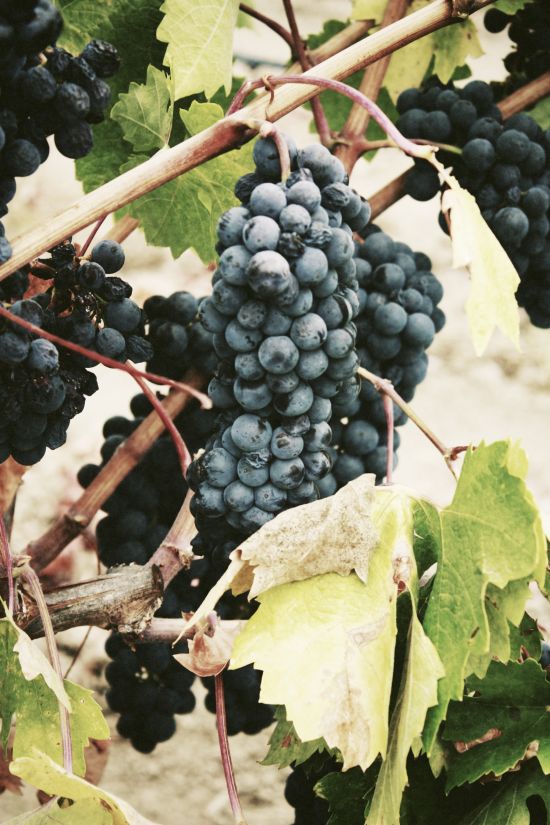
Around 1863 many French vines suffered from a disease caused by the Phylloxera aphid, which sucked the juice out of the roots. When it was discovered that vines in America were resistant to Phylloxera, it was decided to plant American vines in affected French regions. This created hybrid grapes that produced an even greater variety of wines.
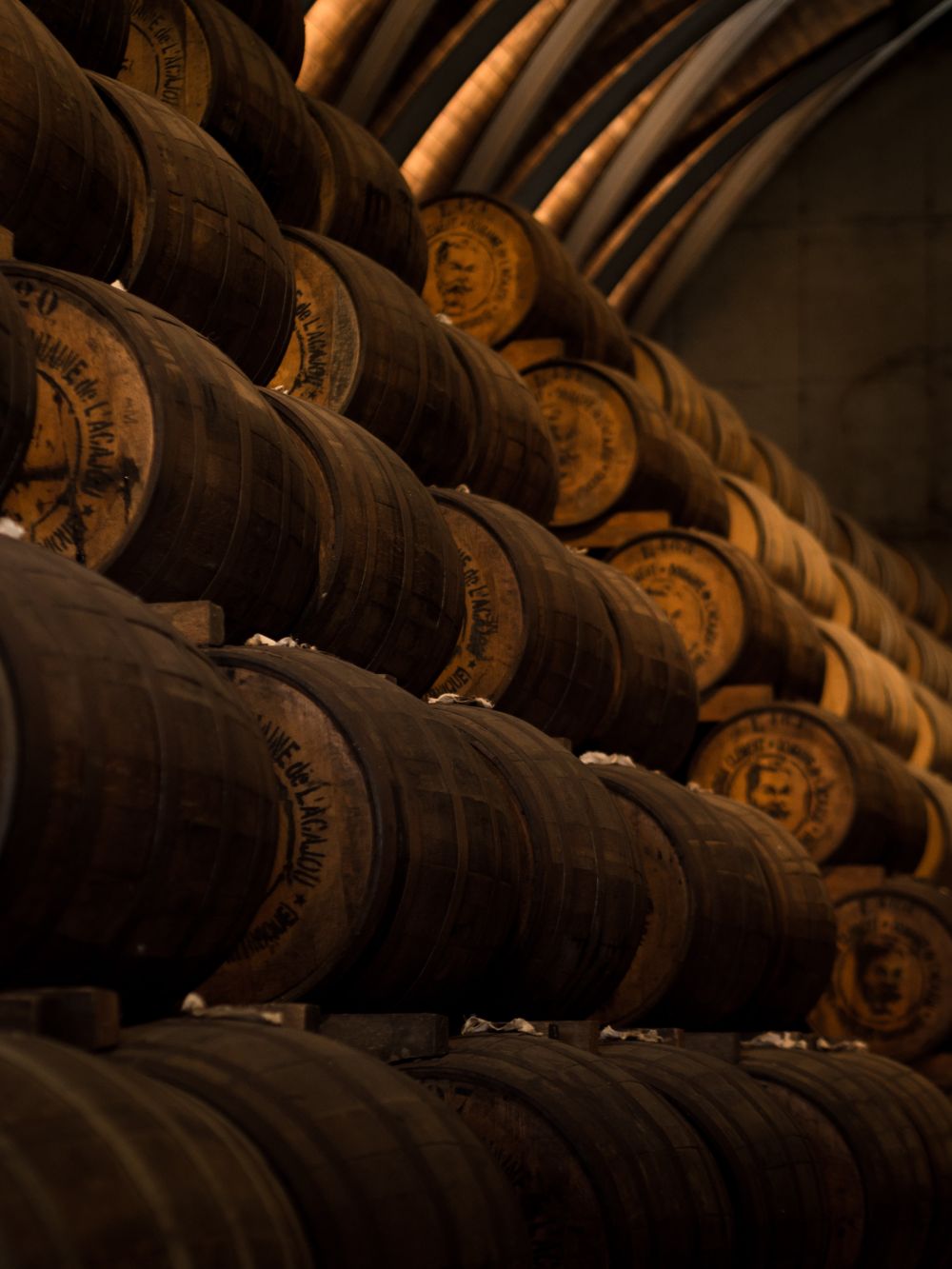
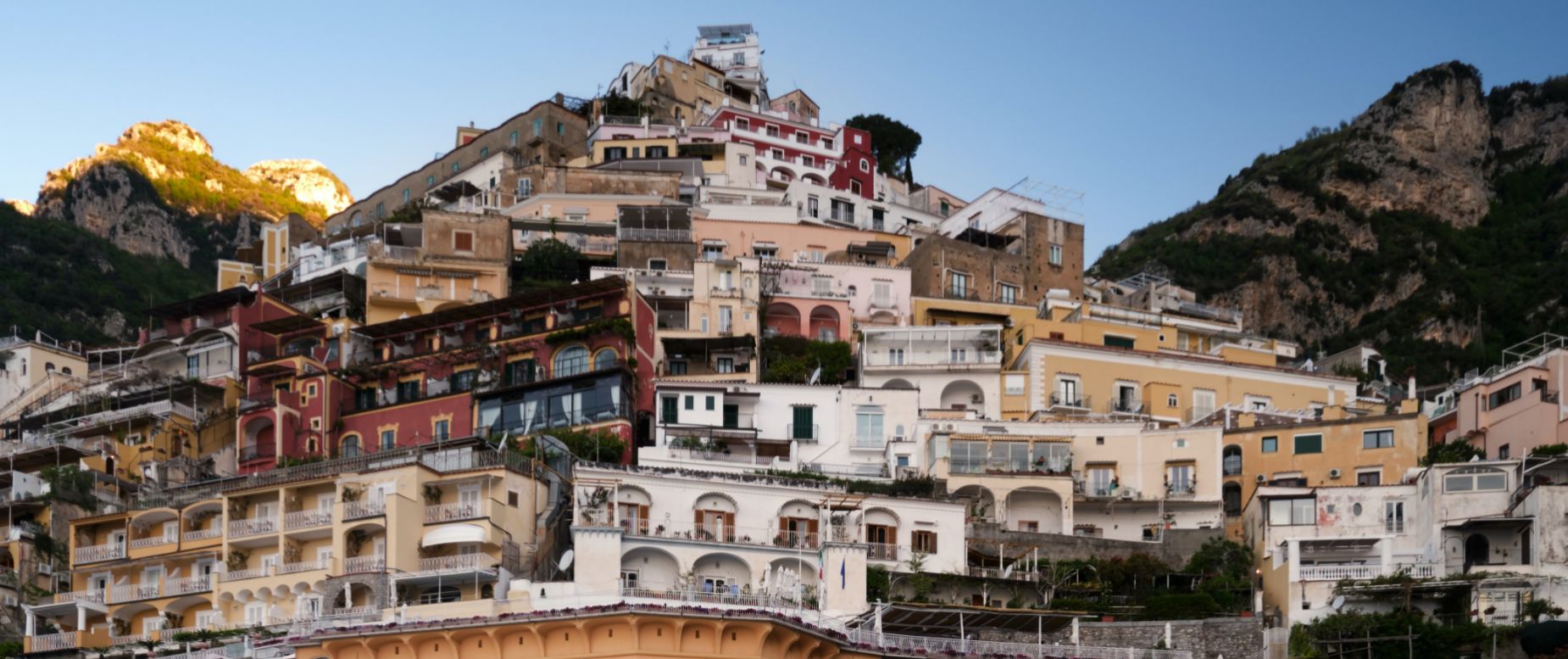

Wine Today
Over the last 150 years, wine making has been totally revolutionised as an art and a science. With access to refrigeration, it has become easier for wineries to control the temperature of the fermentation process and produce high quality wines in hot climates. The introduction of harvesting machines has allowed winemakers to increase the size of their vineyards and make them more efficient. Although the wine industry faces the challenge of meeting the demands of an ever-larger market without losing the individual character of its wines, technology helps to ensure a consistent supply of quality wines. Modern wine appreciation pays tribute to the timeless art of wine making and demonstrates the importance of wine in the history and diversity of European and worldwide culture."
